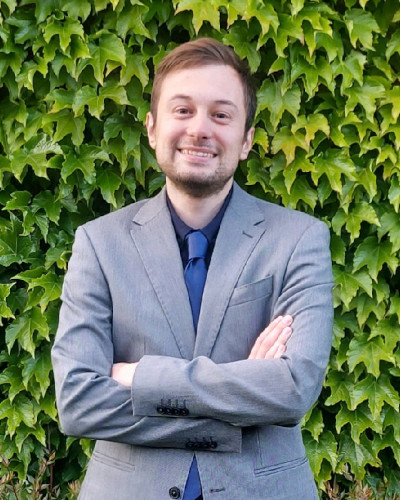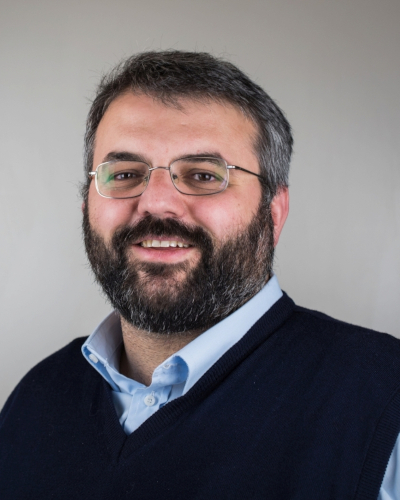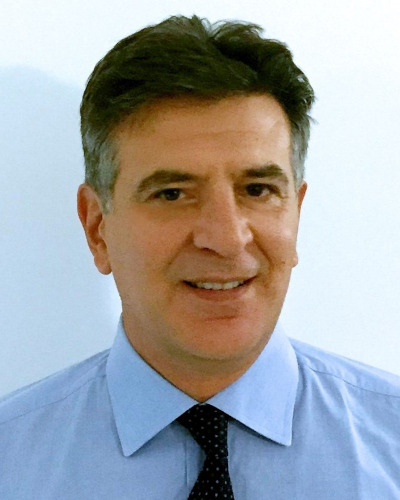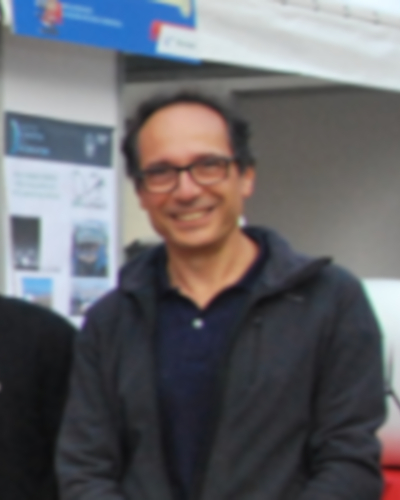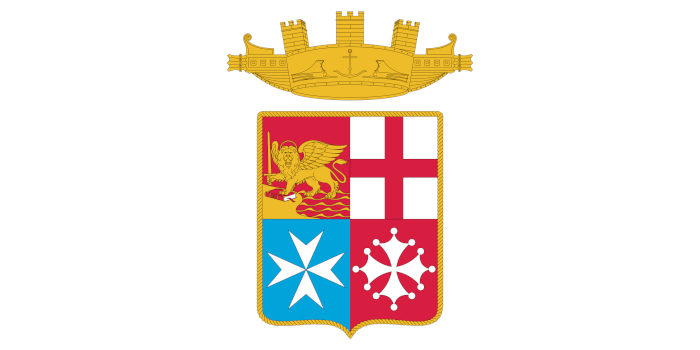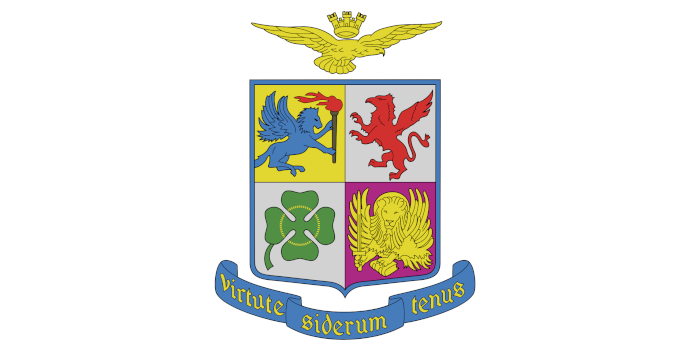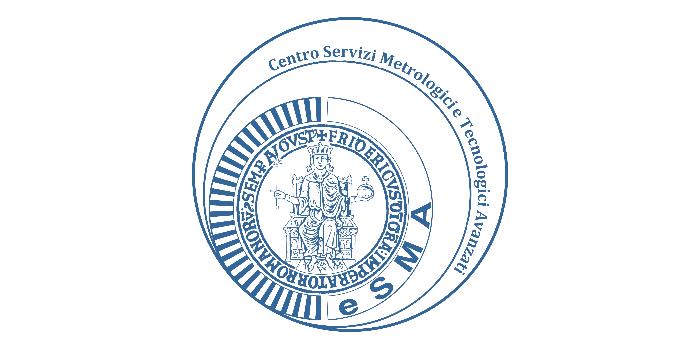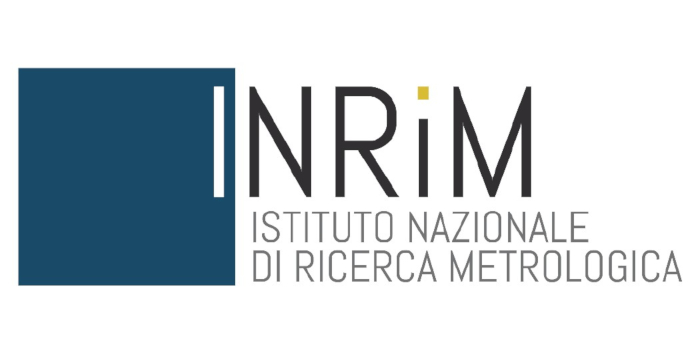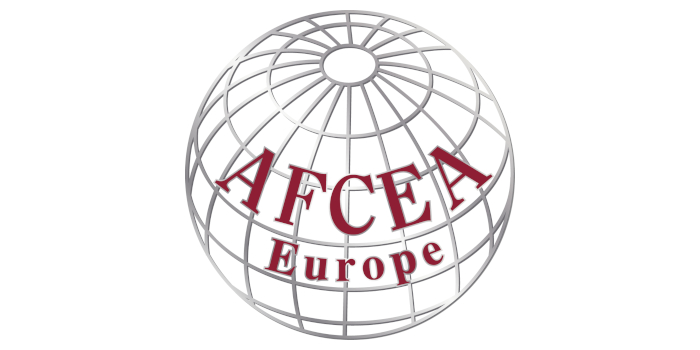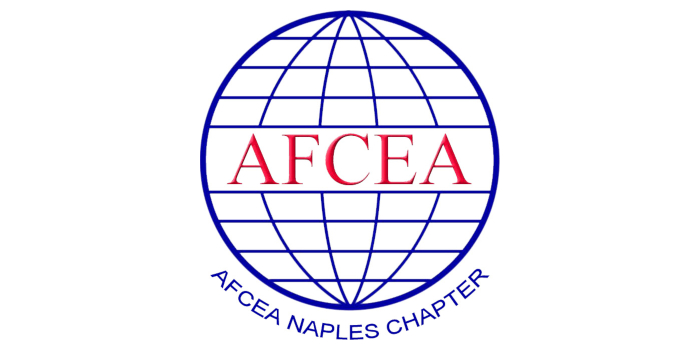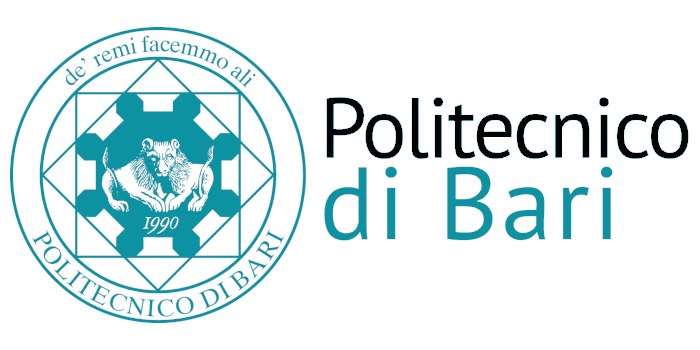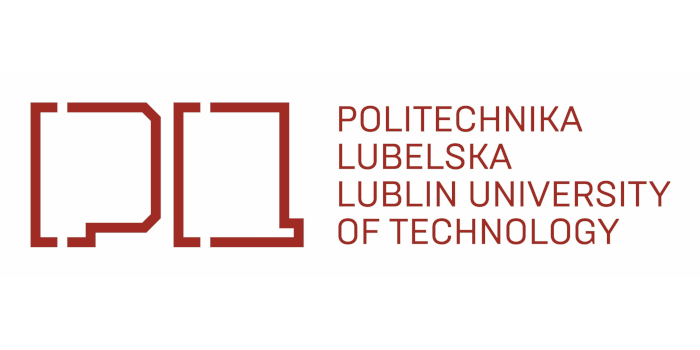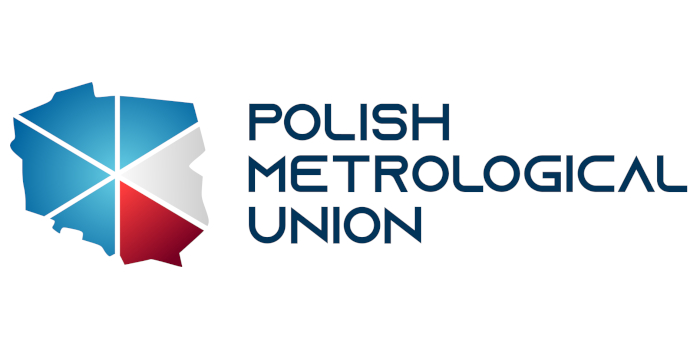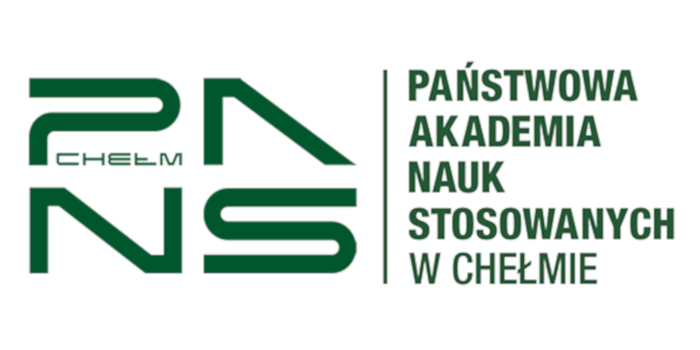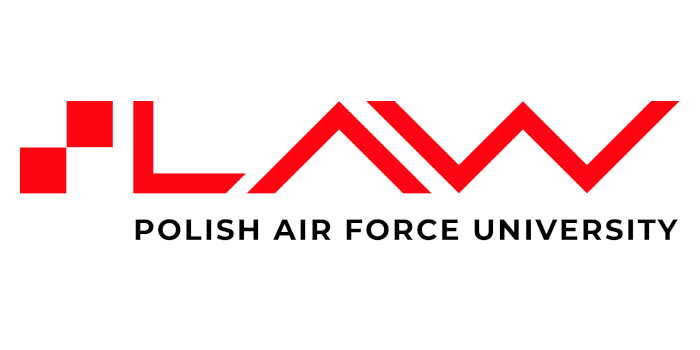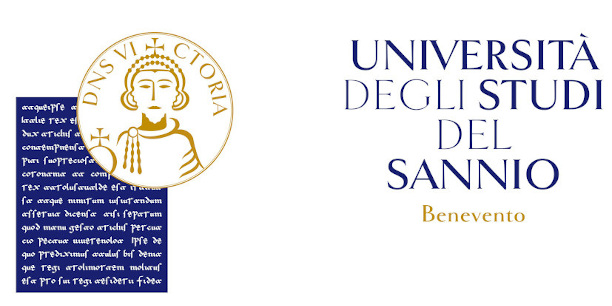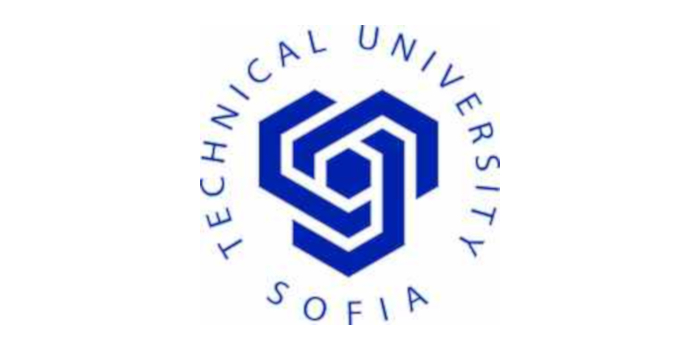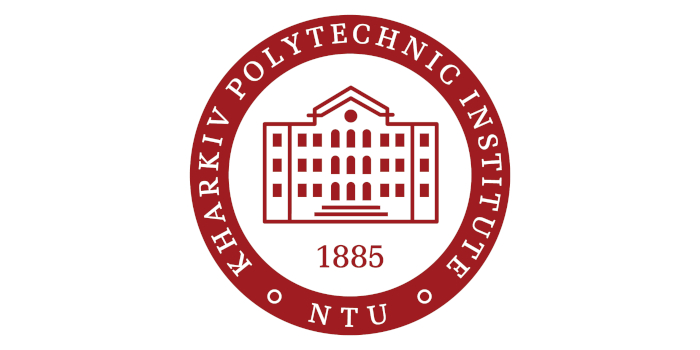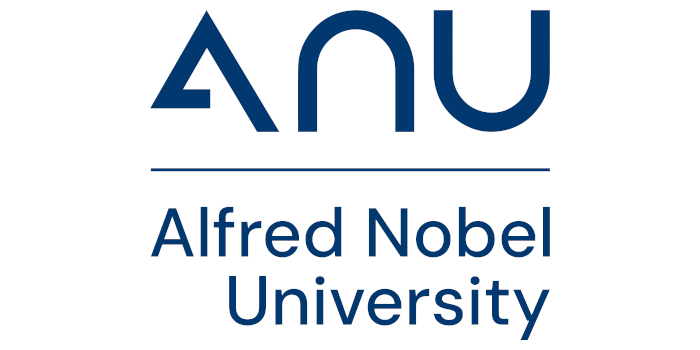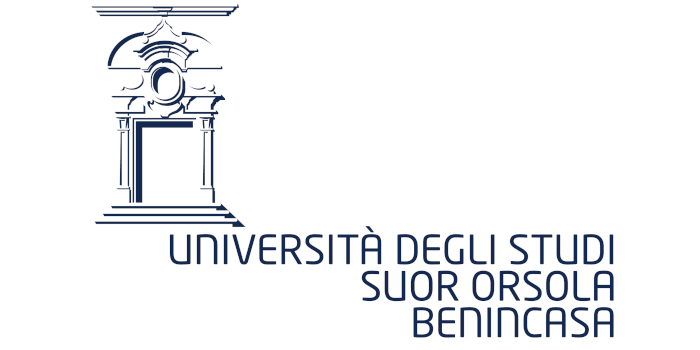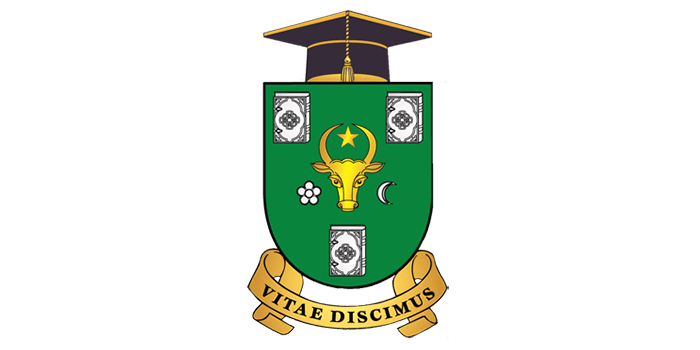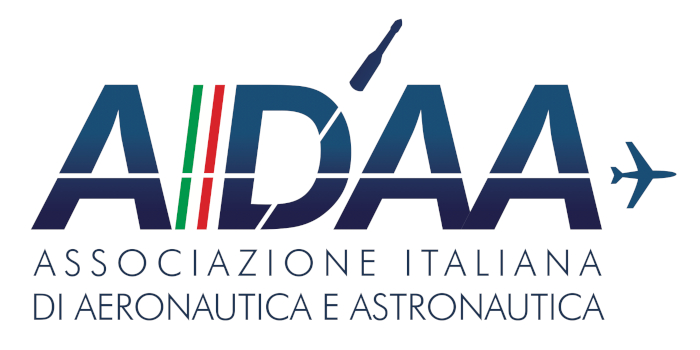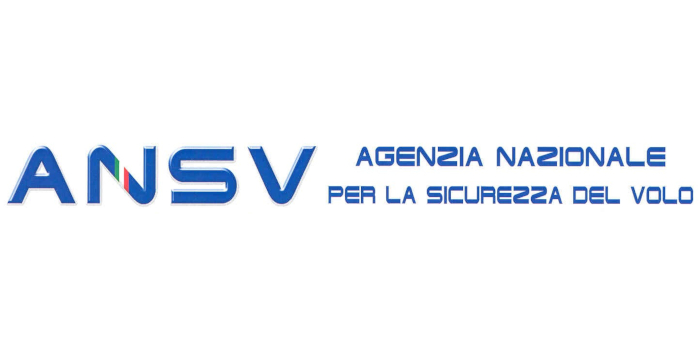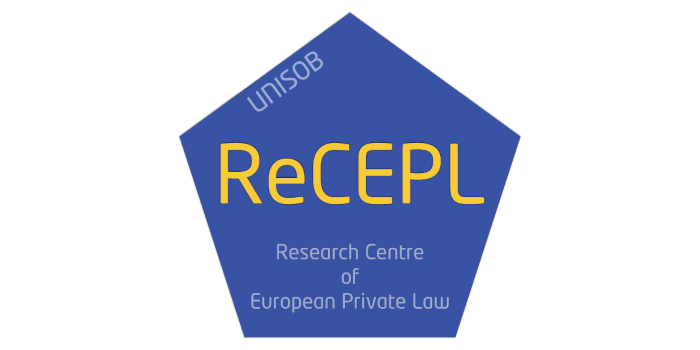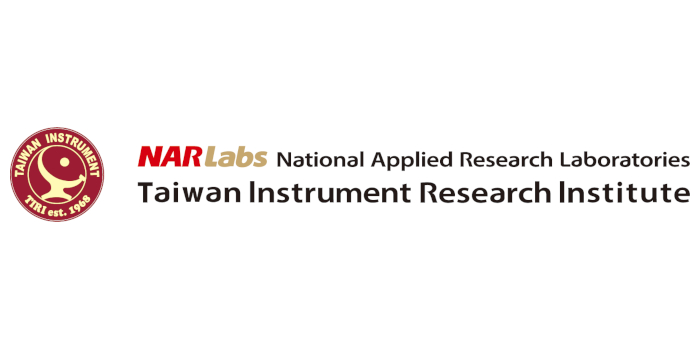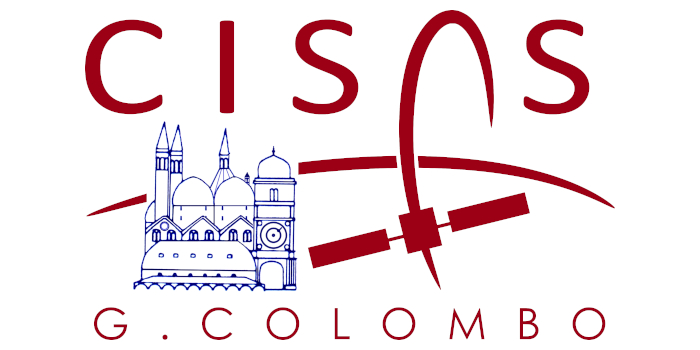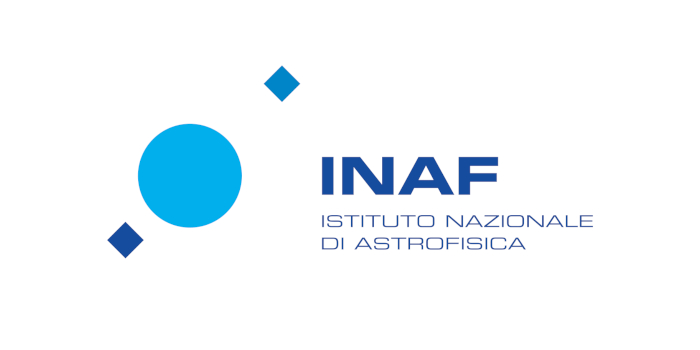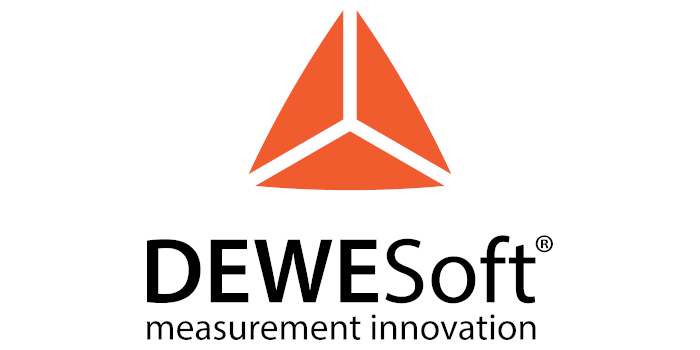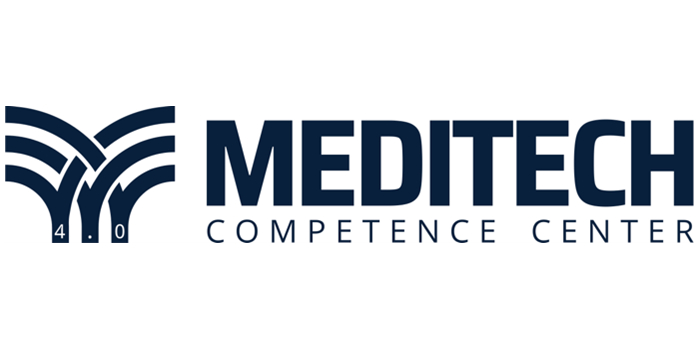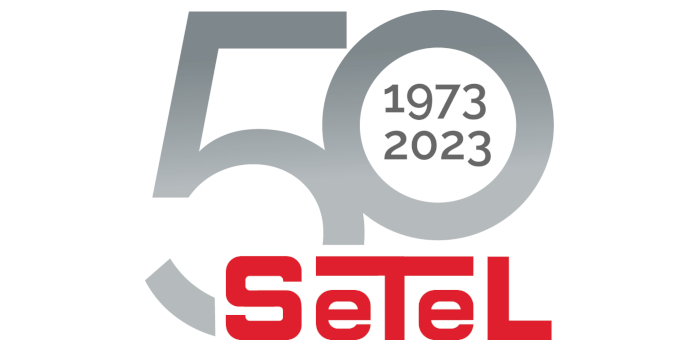SPECIAL SESSION #2
Aerospace systems monitoring through optical and innovative sensors networks
ORGANIZED BY
Alessandro Aimasso
Polytechnic of Turin, Italy
Matteo Davide Lorenzo Dalla Vedova
Polytechnic of Turin, Italy
Pietro Ferraro
National Research Council, Italy
Paolo Maggiore
Polytechnic of Turin, Italy
ABSTRACT
The aerospace industry is witnessing an unprecedented shift towards smarter, safer and more efficient systems powered by advancements in sensing technologies. Among these, fiber optic sensors have emerged as groundbreaking tools for monitoring critical parameters such as structural health, temperature, strain, and pressure. Their lightweight nature, immunity to electromagnetic interference and multiplexing capabilities make them ideally suited for the challenging environments of aerospace applications.
This special session aims to gather innovative contributions that explore the design, integration and application of fiber optic and innovative embedded sensors networks in aerospace systems. Topics of interest include, but are not limited to, unmanned and manned aerospace vehicles, systems lifecycle management, real-time data acquisition and visualization and predictive maintenance strategies. Special emphasis is given to innovative monitoring solutions that enhance reliability, safety and performance in extreme operational conditions, such as high altitudes, space missions and complex environments.
TOPICS
The topics of the session include, but are not limited to:
- Data sensor fusion for aerospace systems monitoring;
- Innovative sensors for aerospace system safety;
- Smart systems development and management for aerospace;
- Complex data creation through embedded sensors networks;
- Innovative data visualization;
- Optical sensors packaging techniques and materials for aerospace;
- Optical fiber data sensors fusion for systems lifcycle management;
- Smart components developlment for aerospace;
- Innovative sensors for hostile environments.
ABOUT THE ORGANIZERS
Alessandro Aimasso received his M.Sc. in Aerospace Engineering in 2020, with a specialization in the space sector. After a period of research fellowship, he is now a last-year PhD student at the Politecnico di Torino's Department of Mechanics and Aerospace Engineering (DIMEAS). Since his Master Thesis, his current research is primarily focused on optic sensors for both aeronautical and space systems lifecycle management, with collaborations with specific external stakeholders in this sector. He contributes to the research activities of the ASTRA (Additive Manufacturing for Systems and sTRuctures in Aerospace) group and the Politecnico di Torino's Inter-Departmental Center for Photonic Technologies PhotoNext. He is co-author of several research papers and patents of the research group.
Matteo D. L. Dalla Vedova received his M.Sc. and Ph.D. in aerospace engineering at Politecnico di Torino in 2003 and 2007, respectively. He is currently an Assistant Professor in the Department of Mechanics and Aerospace Engineering (DIMEAS). His research activity is mainly focused on aeronautical systems engineering and, in particular, is dedicated to designing, analyzing, and numerical simulation of onboard systems, the study of secondary flight control systems and conception of related monitoring strategies, development of prognostic algorithms for aerospace servomechanism and analysis of innovative primary flight control architectures. His research activity is presented in more than 100 scientific papers and patents. Main Research Topics: aeronautical systems engineering; design, analysis, and numerical simulation of onboard systems; study of secondary flight control systems and conception of related monitoring strategies; development of prognostics algorithms for aerospace servomechanism; minimally intrusive sensors for aerospace applications; photonics sensors implementation.
Pietro Ferraro is Research Director at Institute of Applied Science and Intelligent Systems, National Council of Research (CNR-ISASI), Pozzuoli, Italy. He is now pursuing his interests in 3D imaging for applications in non destructive testing in aerospace, biomedical field, fiber sensors, nanofluidics, and optofluidics. He has published about 300 papers in peer-review journals and has been an invited speaker in several international conferences. He is a co-editor of two books: Micro-/ Nanoengineering and Characterization of Ferroelectric Crystals for Photonic Applications (New York, NY, USA: Springer-Verlag, 2008) and Coherent Light Microscopy(New York, NY, USA: Springer-Verlag, 2011). Dr. Ferraro is a Fellow of the International Society for Optics and Photonics (SPIE) and the Optical Society of America (OSA). He is the Topical Editor of Biomedical Optics Express, member of the Editorial Board of the Optics and Lasers in Engineering Journal, member of the Editorial Board of the Measurement & Science Technology Journal. He received the SPIE Dannis Gabor Awared in 2020. He is member of the Scientific Board of Italian Space Agency (Agenzia Spaziale Italiana) for the next four years.
Paolo Maggiore graduated in aerospace engineering at Politecnico di Torino. He is author of many technical papers regarding aerospace general systems, reliability, satellite testing integration and verification, logistics and design methodologies applied to space systems. At the present he is full professor at Politecnico di Torino. His interests range from concurrent engineering to preliminary design methodologies applied to satellites, pressurized modules and exploration architectures; he is involved in studies of robotic systems, small electrical power generation units and innovative optical sensors supporting prognostic functions for space applications. The development of some applications on these subjects occurs in collaboration with Thales Alenia Space, ESA, ASI (Italian Space Agency) and Regione Piemonte.


